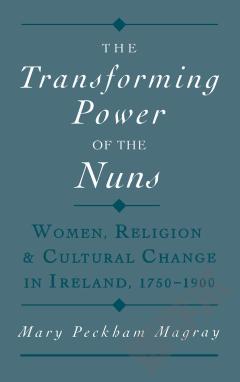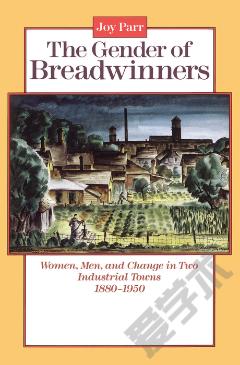Women, Culture, and Community —— Religion and Reform in Galveston, 1880-1920
----- 妇女、文化和社会:加尔维斯顿的宗教与改革,1880 - 1920.
Women, Culture, and Community: Religion and Reform in Galveston, 1880-1920. By Elizabeth Hayes Turner. (New York and Oxford: Oxford University Press, 1997. Pp. x, 371. Paper, $19.95, ISBN 0-19-511938-X; cloth $49.95, ISBN 0-19-508688-0.) Elizabeth Hayes Turner has produced a thoroughly researched and gracefully written study of women's activism in Progressive-era Galveston, Texas. Her book is anchored in a comprehensive database on women leaders built from newspapers, church and club records, city directories, local histories, and personal memoirs. Using that information, Turner is able to trace the institutional relationships that linked civic-minded women to one another, defined distinctive women's communities, and--over time--steered Galveston's female reformers from church work to a campaign for suffrage. Out of necessity, her story focuses primarily on white women. The great hurricane of 1900, which washed much of Galveston into the sea, destroyed all of the city's black churches and with them, most of the records from which historians might write the history of black women's public lives. To her credit, Turner attempts to fill the void with oral interviews and a handful of privately held documentary collections. Her chapter on black women reformers lacks the detail that characterizes the rest of her book, but even so, it offers convincing affirmation that Progressive reform was not simply for whites only. Turner's narrative follows a familiar trajectory. It begins in the late nineteenth century, when both white and black women addressed public concerns from the "safe and sanctioned enclosures of church and synagogue" (p. 121). Women founded cemetery societies to look after family grave sites; they decorated their sanctuaries with ornate stained glass and hand-finished fixtures that reflected both their piety and Galveston's growing commercial wealth; and, as industrialization swelled the ranks of the city's poor and dependent populations, these same women established orphanages, Sunday schools, and kindergartens both to relieve human suffering and to protect social order. Through all of these activities, Galveston's leading women developed confidence in themselves and "a sure sense that theirs was an important role to perform in civic betterment" (p. 39). The year 1900 marked a critical turning point for both Galveston and its women reformers. The hurricane theft lashed the island in September was the worst natural disaster--in terms of loss of life--in the history of North America. At least 6,000 of the city's 38,000 citizens were killed, and nearly two-thirds of its buildings were either destroyed or damaged beyond repair. In the aftermath, Galveston rebuilt itself and reinvented its politics. The city was the first in the nation to adopt a core, mission form of municipal government, a change that brought unprecedented efficiency to the reconstruction project and at the same time insulated city hall against the influence of ward bosses and non-elite voters. â¦
{{comment.content}}








 京公网安备 11010802027623号
京公网安备 11010802027623号